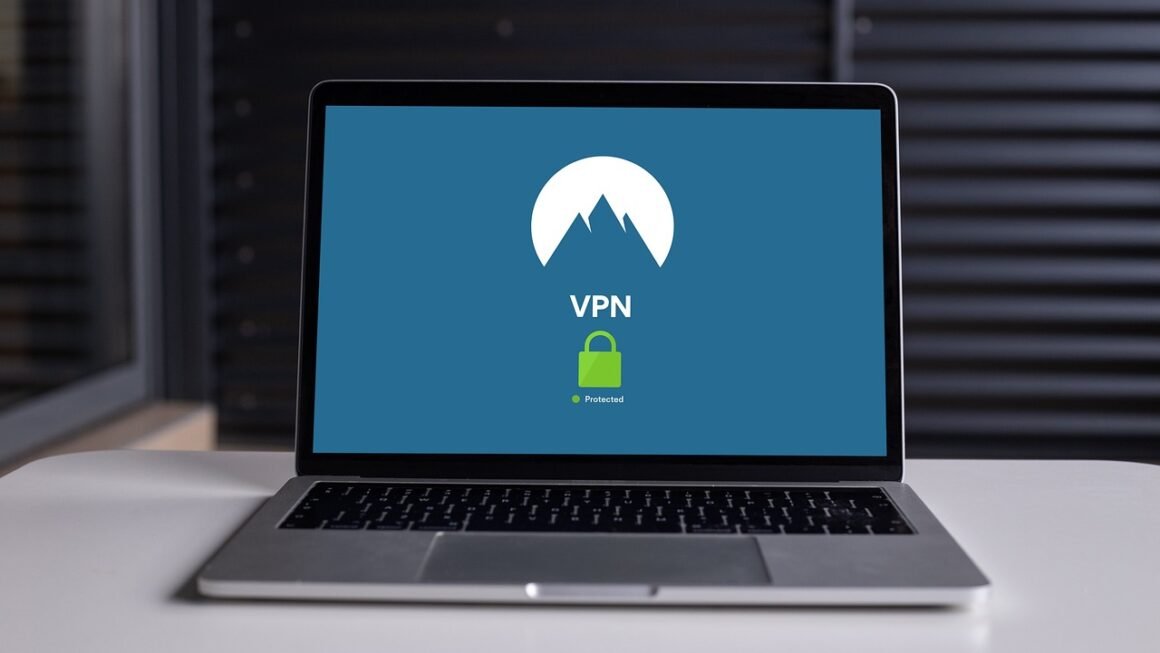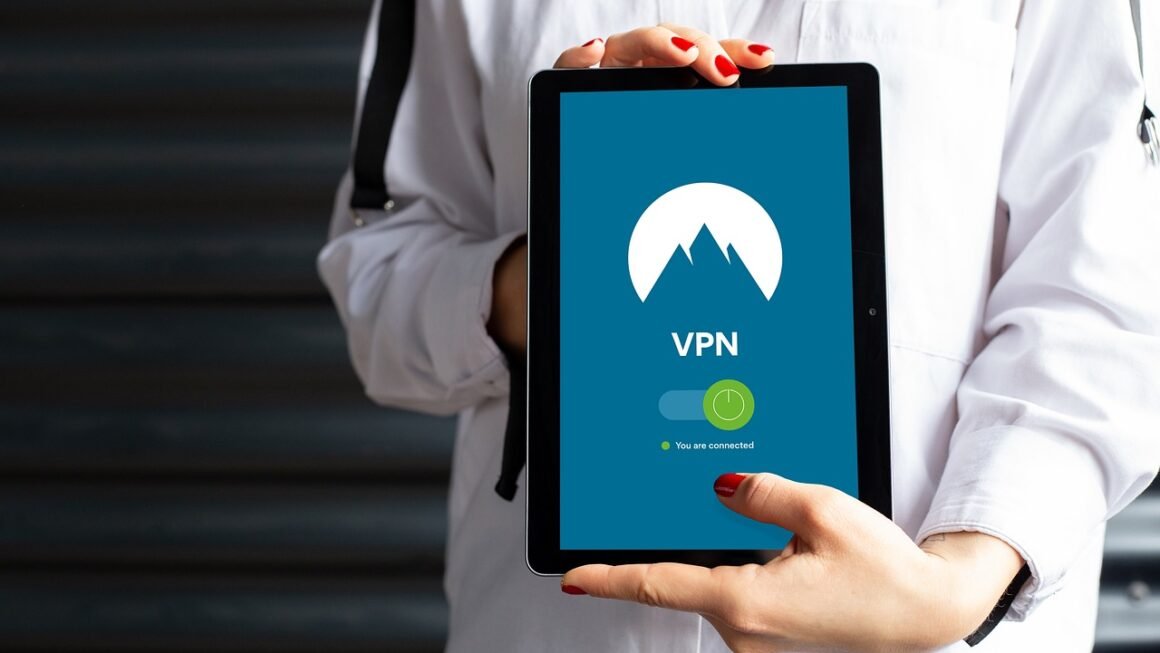In today’s interconnected world, cybersecurity is no longer optional; it’s a necessity. With cyber threats evolving at an alarming rate, organizations need a robust and systematic approach to protect their valuable assets and sensitive data. This is where cybersecurity frameworks come into play, providing a structured methodology for managing and reducing cyber risks. A well-implemented framework can significantly enhance an organization’s security posture, ensuring resilience against potential breaches and compliance with industry regulations.
Understanding Cybersecurity Frameworks
What is a Cybersecurity Framework?
A cybersecurity framework is a structured set of guidelines, best practices, and standards designed to help organizations manage and reduce cybersecurity risks. It provides a comprehensive roadmap for identifying, protecting, detecting, responding to, and recovering from cyber incidents. Think of it as a blueprint for building a strong and resilient cybersecurity program.
- Key Components:
Functions: Core activities like identifying risks, protecting assets, detecting incidents, responding to threats, and recovering from attacks.
Categories: Subdivisions within each function that outline specific cybersecurity outcomes.
Subcategories: Detailed activities for achieving the outcomes defined in the categories.
Implementation Tiers: Levels of maturity and sophistication in implementing the framework’s guidelines.
Why Use a Cybersecurity Framework?
Implementing a cybersecurity framework offers numerous benefits:
- Improved Risk Management: Provides a structured approach to identify, assess, and mitigate cyber risks.
- Enhanced Security Posture: Helps organizations implement robust security controls and practices.
- Regulatory Compliance: Facilitates compliance with industry-specific regulations and standards (e.g., HIPAA, PCI DSS).
- Better Communication: Provides a common language for discussing cybersecurity risks and mitigation strategies.
- Increased Resilience: Enables organizations to quickly detect, respond to, and recover from cyber incidents.
- Cost Savings: Proactive risk management can reduce the financial impact of data breaches and other security incidents. According to IBM’s Cost of a Data Breach Report 2023, the global average cost of a data breach reached $4.45 million.
Popular Cybersecurity Frameworks
NIST Cybersecurity Framework (CSF)
The NIST CSF is a widely adopted framework developed by the National Institute of Standards and Technology. It’s known for its flexibility and adaptability, making it suitable for organizations of all sizes and industries.
- Core Functions:
Identify: Understanding the organization’s business context, assets, and associated cybersecurity risks.
Protect: Implementing safeguards to prevent cyberattacks and data breaches.
Detect: Establishing mechanisms to identify cybersecurity incidents in a timely manner.
Respond: Developing and executing plans to contain and mitigate the impact of cyber incidents.
Recover: Restoring systems and data to their normal state after a cyber incident.
- Example: An organization using the NIST CSF might start by identifying its critical assets (e.g., customer data, financial records) and then implement protective measures such as access controls, encryption, and security awareness training.
ISO 27001
ISO 27001 is an internationally recognized standard for information security management systems (ISMS). It provides a comprehensive framework for establishing, implementing, maintaining, and continually improving an ISMS.
- Key Features:
Risk-Based Approach: Emphasizes identifying and managing information security risks.
Continual Improvement: Requires organizations to continuously monitor and improve their ISMS.
Certification: Organizations can be certified to ISO 27001, demonstrating their commitment to information security.
- Example: An organization seeking ISO 27001 certification would need to conduct a risk assessment, implement appropriate security controls, and undergo an audit by a certified body.
CIS Controls
The CIS Controls (formerly known as the SANS Top 20 Critical Security Controls) are a prioritized set of actions that organizations can take to protect themselves from common cyberattacks. They are based on real-world attack patterns and are continuously updated to reflect the evolving threat landscape.
- Key Principles:
Prioritization: Focus on the most critical security controls that have the greatest impact on reducing risk.
Automation: Automate security controls whenever possible to improve efficiency and effectiveness.
* Measurement: Track and measure the effectiveness of security controls to identify areas for improvement.
- Example: Implementing multi-factor authentication (MFA) for all user accounts is a key CIS Control that can significantly reduce the risk of unauthorized access.
Implementing a Cybersecurity Framework
Step-by-Step Guide
Implementing a cybersecurity framework involves several key steps:
Practical Tips for Success
- Start Small: Begin with a pilot project to test and refine your implementation approach.
- Involve Stakeholders: Engage key stakeholders from across the organization to ensure buy-in and support.
- Automate Where Possible: Leverage automation tools to streamline security processes and improve efficiency.
- Document Everything: Maintain detailed documentation of your cybersecurity framework implementation, including policies, procedures, and security controls.
Maintaining and Improving Your Framework
Regular Assessments and Audits
Regular assessments and audits are crucial for ensuring the effectiveness of your cybersecurity framework. These activities help you identify gaps, weaknesses, and areas for improvement.
- Vulnerability Assessments: Scan your systems and networks for known vulnerabilities.
- Penetration Testing: Simulate real-world attacks to identify weaknesses in your security controls.
- Security Audits: Conduct independent audits to assess your compliance with the cybersecurity framework and relevant regulations.
Adapting to Change
The cybersecurity landscape is constantly evolving, so it’s essential to adapt your framework to address new threats and changing business needs.
- Stay Informed: Keep up-to-date with the latest cybersecurity threats, trends, and best practices.
- Update Your Framework: Regularly review and update your cybersecurity framework to reflect the evolving threat landscape and changing business requirements.
- Continuous Improvement: Foster a culture of continuous improvement, encouraging employees to identify and report security issues.
Conclusion
Cybersecurity frameworks are invaluable tools for organizations looking to protect their assets and data in an increasingly hostile digital environment. By adopting a structured approach to cybersecurity risk management, organizations can significantly enhance their security posture, improve regulatory compliance, and build resilience against cyberattacks. Choosing the right framework, implementing it effectively, and continuously monitoring and improving it are essential steps for achieving a robust and sustainable cybersecurity program. Investing in a cybersecurity framework is not just about protecting your organization; it’s about ensuring its long-term success and sustainability.



